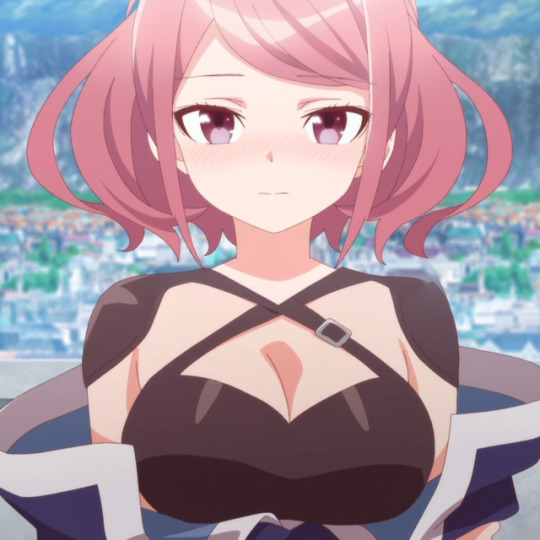#satsuki usui
Text

Edo period egoyomi (picture calendar) for Kyowa 2 (1802) picturing the monthly and seasonal needs for a small mountain village.
...
More Information on Japanese Calendars and Timekeeping
See the previous post here.
...
Japanese Years
Today, most of the world uses the Gregorian calendar, introduced in 1582, to track years of the common era. That calendar's era is based on years since the perceived birth of Jesus: 2023 CE (current era) or AD (anno domini, year of the lord) 2023.
Edo period Japan obviously did not use the Gregorian calendar as its own calendar-keeping was influenced by China, not the west. In fact, Japan did not adopt the Gregorian calendar until 1873 but continues to use era names into the present day.
Japan's system of era names (nengo) originates from China and was permanently adopted in 701 under Emperor Monmu. It has been continuously in use since.
Until the end of the Edo period, era names were decided by court officials and could change frequently. A new era name was usually proclaimed after the ascension of a new emperor, but could also be changed due to some auspicious event or even due to natural disasters.
Since the adoption of era names, most have been in use for fewer than 10 years, sometimes for as short a period as 2 years, and only a handful have been used for periods of more than 30 years.
This website is extremely helpful in converting Gregorian years into Japanese eras, just enter the year!
...
Japanese Months
During the Edo period, the Japanese year was broken down into 12 lunar months of either 29 days (small months) or 30 days (large months) each.
Additionally, a special intercalary month (uru-zuki) had to be added every few years to keep the calendar in sync with the actual change of seasons.
In the modern Japanese calendar, the months are numbered rather than named: ichi-gatsu (first month, January), ni-gatsu (second month, February), and so on, but during the Edo period, monthly names, which date back to the Heian era, were in common use.
(Today, you might still find these old monthly names in poetry.)
Here they are with their western calendar equivalent:
January - mutsuki 睦月
February - kisaragi 如月
March -yayoi 弥生
April - uzuki 卯月
May - satsuki 皐月
June - minazuki 水無月
July - fumizuki 文月
August - hazuki 葉月
September - nagatsuki 長月
October - kannazuki 神無月
November - shimotsuki 霜月
December - shiwasu 師走
...
Japanese Weeks
The western concept of breaking individual months down into 7-day weeks did not exist in Edo period Japan. However, there is a rough equivalent that corresponds to the general concept of weeks: nijushi-sekki, 24 seasonal divisions that break the year down into "weeks" of 15 days each.
They are:
Shokan (small chill) – around January 6
Daikan (big chill) – around January 20
Risshun (start of spring) – around February 4
Usui (rain water) – around February 18
Keichitsu (going-out of worms) – around March 6
Shunbun (spring equinox) – around March 21
Seimei (clear and bright) – 15 days after the spring equinox
Koku-u (rain for harvests) – around April 21
Rikka (start of summer) – around May 6
Shoman (half bloom) – around May 21
Boshu (seeds of cereals) – around June 5
Geshi (reaching summer) – summer solstice – around June 21
Shohsho (small heat) – around July 7
Taisho (big heat) – hottest time of the year – around July 23
Risshu (start of autumn) – around August 8
Shosho (keeping out of the heat) – around August 23
Hakuro (white dew) – around September 7
Shubun (the autumnal equinox) – around September 23
Kanro (cold dew) – around October 8
Soko (frosting) – around October 23
Ritto (start of winter) – around November 8
Shosetsu (small snow) – around November 23
Taisetsu (big snow) – around December 8
Toji (reaching winter) – around December 22
More in-depth information about these, along with explanations of why they're called what they're called, can be found here.
...
Japanese Days
Individual named days, such as Monday and Tuesday, as we know them on the western calendar, also did not exist in Edo period Japan.
You wouldn't say "We meet on Wednesday." Instead, you would have used the date, "We meet on the fifteenth day," or perhaps even the phase of the moon, "We meet on the new moon."
Individual Japanese days are also not broken down into 24 equal hours of 60 minutes each.
Instead, people in the Edo period split their days into 12 hours (toki): 6 daytime hours, which were counted from sunrise to sunset, and 6 night-time hours, which were counted from sunset to sunrise.
Naturally, the length of these hours varied not only by time of year (winter daytime hours being obviously shorter than winter nighttime hours) but also by geographical location.
Daytime hours were broken down as follows:
Hour of the Rabbit (begins at sunrise)
Hour of the Dragon
Hour of the Snake
Hour of the Horse (noon)
Hour of the Goat
Hour of the Monkey
Nighttime hours were broken down as follows:
Hour of the Rooster (begins at sunset)
Hour of the Dog
Hour of the Pig
Hour of the Rat (midnight)
Hour of the Ox
Hour of the Tiger
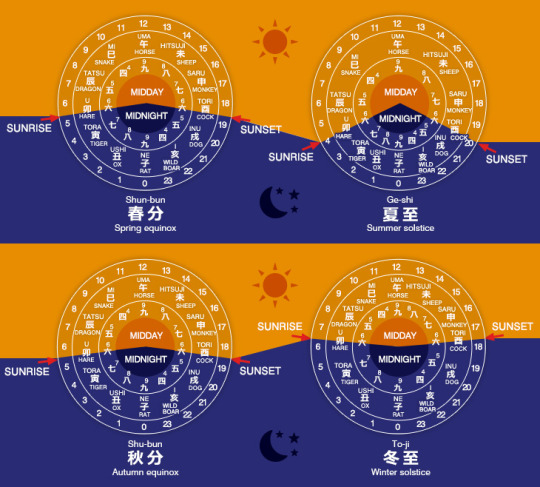
From the Seiko Museum.
#history notes#historical notes#history reference#historical reference#history research#historical research#Japanese calendar#calendars#Japanese era names#Japanese hours#are you confused yet?
16 notes
·
View notes
Text
Kaichou wa Maid-sama! (2010)

Kaichou wa Maid-sama! ✨TOP 5️⃣✨
Aired: April 2010 to September 2010
Watched: No record to February 1, 2020
Producers: Geneon Universal Entertainment, TBS, Hakusensha, Half H.P Studio
Studio: J.C.Staff
Number of episodes: 26
Synopsis:
Misaki Ayuzawa is a unique phenomenon within Seika High School. In a predominantly male institution, she became the first-ever female student council president through her honesty and diligence. Ever since Misaki got promoted to the position, she has been working tirelessly to ensure a better school life for all girls. Despite that, Misaki is very strict with the boys, which has earned her the title "Demon President."
One day, after hearing a girl cry in the hallway, Misaki encounters Takumi Usui—the most popular boy in the school—as he rejects a love confession. Enraged at what she is seeing, Misaki reprimands him for making the girl cry. However, Usui is indifferent and brushes it off as nothing.
Unexpectedly, Misaki soon runs into Usui again, but this time when she is working at a maid cafe! Embarrassed that someone has found out about her secret occupation, Misaki promises herself not to let Usui destroy her reputation. However, the mysterious boy now begins to visit the same cafe regularly to observe and tease Misaki. When push comes to shove, will Usui still be able to keep the president's secret?

Notable characters:

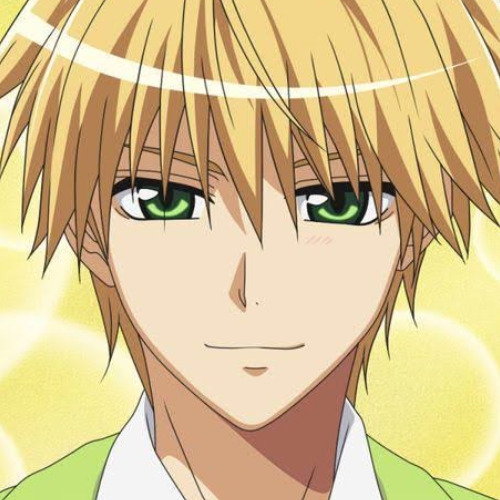

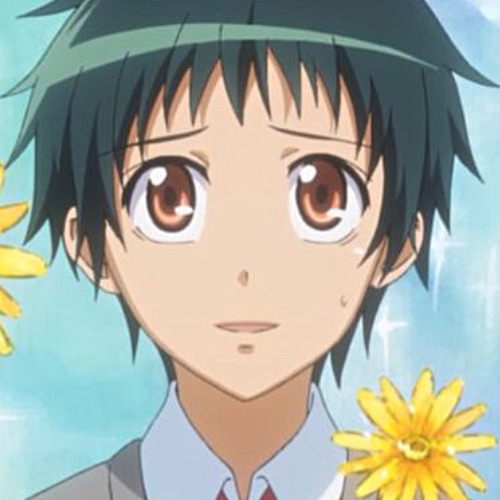



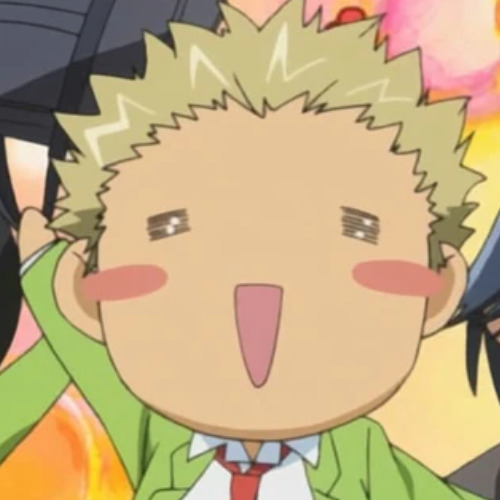

Ayuzawa Misaki (voiced by Fujimura Ayumi)
Usui Takumi (voiced by Okamoto Nobuhiko)
Hyoudou Satsuki (voiced by Toyosaki Aki)
Yukimura Shouichirou (voiced by Shiibashi Kazuyoshi)
Shintani Hinata (voiced by Kobayashi Yuu)
Hanazono Sakura (voiced by Hanazawa Kana)
Kurosaki Ryuunosuke / "Kurotatsu" of the Idiot Trio (voiced by Hosoya Yoshinasa)
Shirokawa Naoya / "Shiroyan" of the Idiot Trio (voiced by Ichiki Mitsuhiro)
Sarashina Ikuto / "Ikkun" of the Idiot Trio (voiced by Terashima Takuma)

Rating/s:

Notes/comments (optional):
I love this series so much it hurts. (T_T)
The first (and only) manga volumes I bought are the first two of this series. <3
Misaki is actually one of my academic inspirations. And I aspire to be as effortless as Usui! ✨️💅
Will I rewatch? Without question, yes!

Source:
MyAnimeList
0 notes
Text
ok but usuis response to satsukis question in that whatcolorismisachan chapter is such bullshit, white because she’s slowly getting colored by her environment
like look at aoi, she (and honoka too, when i think about it) showed him it’s ok to like cute things and fashion as a boy, that doesn’t mean he’s a girl for it, misaki and usui influenced kuuga to treat sakura better, not even by doing anything, he just saw them interacting and realized that’s probably more like what sakura (or anyone......) would wish for in a relationship, then she kinda flat out resolved kanous mother trauma by showing him women aren’t just weak, and juST LOOK at the sanbaka, going from some of the most troublesome and annoying students at the seika to her #1 fanboys in the span of a single volume (though i will admit there simply might’ve been some latent fanboyism deep inside of them and misa was just the first one to kickstart it).......
the only ones i can’t think off of anything getting influenced by misaki are hinata, because he went through his character development all by himself with a push by usui, and everyone from miyabigaoka, but those, apart from tora and maki, were more usui-focussed too, anyways
if anything, it’s her environment getting colored by her, so her color should be black or something
#manga#anime#kaichou wa maid-sama#hello my name is en and i like posting hot takes on series that reached their peaks a decade ago#i MIGHT let it get away with her getting usui colored#bc he was the reason she was able to reach all of them in the first place#but then we'd have to settle on usuis color#and that's not something i thought of before posting this#so this is for another time
0 notes
Note
oml i keep forgetting but hello! this is ashley and i would like to drop nagi usui (neo: the world ends with you / The MMORPG Addict’s Anthem - Satsuki ga Tenkomori / wings co-op 5) please! i can be reached on twitter via kanaderindo and today's date is nov. 5, thank you very much!
hey ashley!
NAGI USUI has been dropped for you!
- SCRIBE VIVACE
0 notes
Photo

Shichisei no Subaru Dakimakura Cover featuring Satsuki Usui by MS Factory for Comic Market 95 (29 December 2018)
#anime#shichisei no subaru#satsuki usui#usui satsuki#seven senses of the reunion#dakimakura cover#comiket 95#ms factory#matsumoto shouji
98 notes
·
View notes
Photo

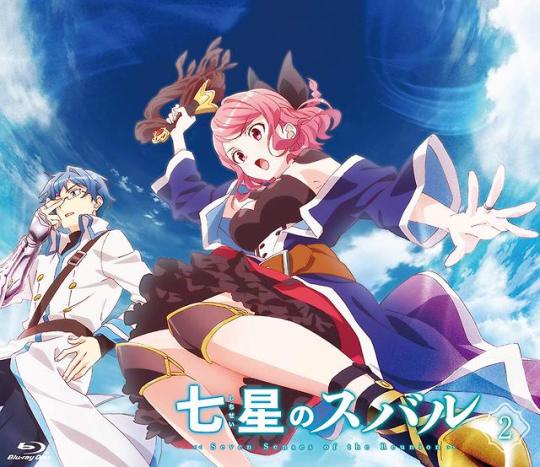

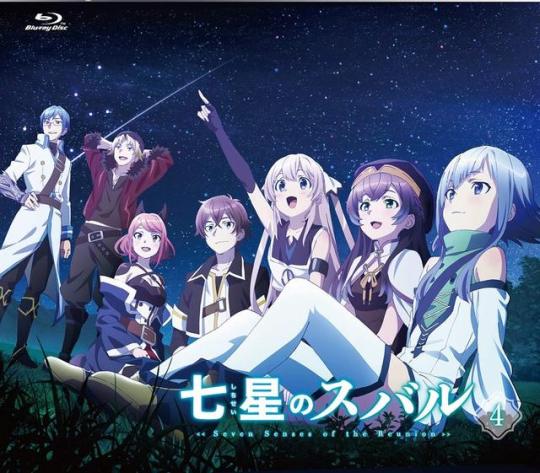
Shichisei no Subaru Blu-ray & DVD Illustrations
#shichisei no subaru#seven senses of the reunion#asahi kuga#satsuki usui#nozomi kusaka#elicia#haruto amou#takanori mikado#clive vivali#blu ray
19 notes
·
View notes
Photo
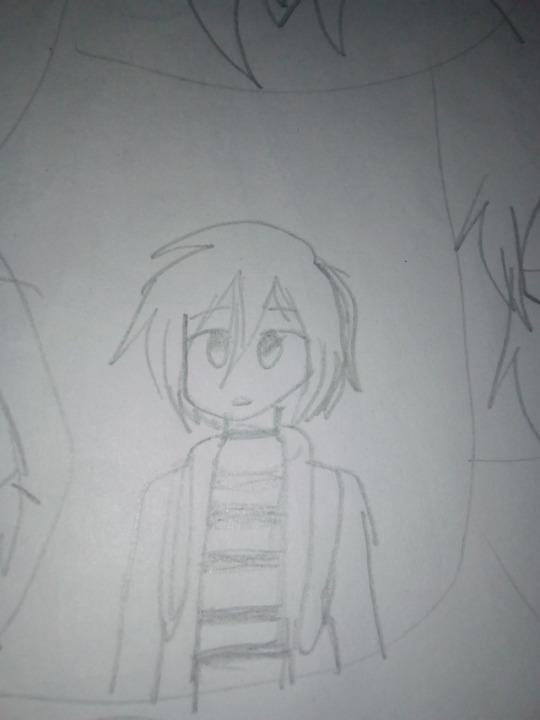
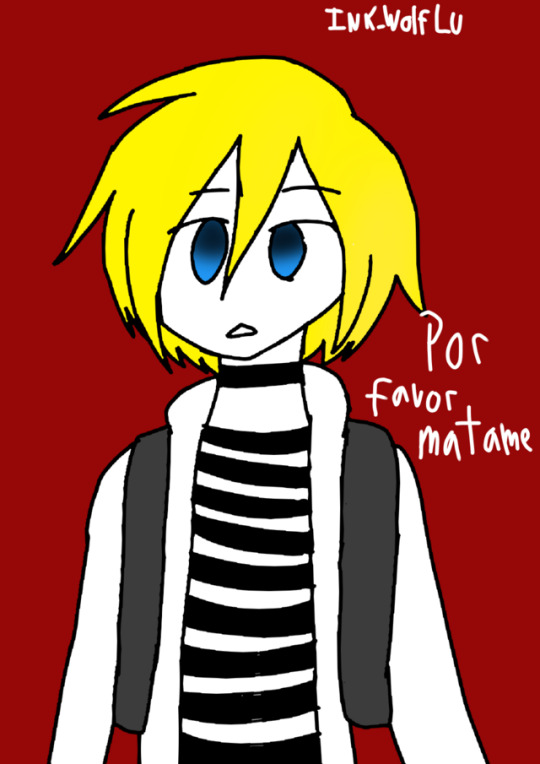
Rachel version hombre o cambio de genere el anime de llama satsuriku no tenshi creo que así como se llama el dibujo lo hice en lápiz después le saque una foto y lo pase por medibampaint
5 notes
·
View notes
Photo
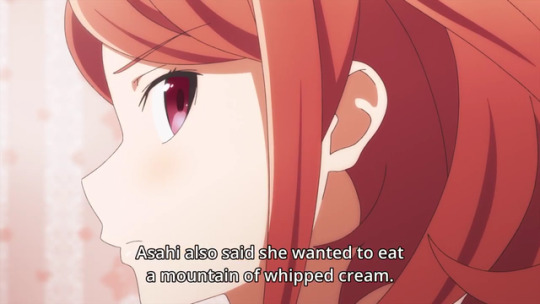
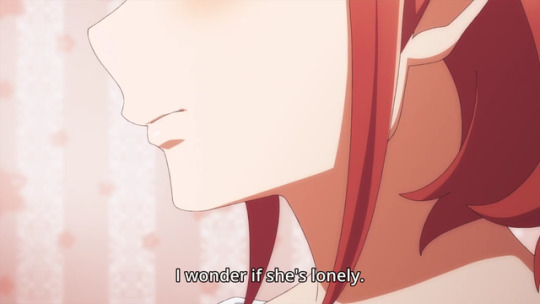



😾😾😾
3 notes
·
View notes
Text
Maid Sama Reactions - Part 1
1x01

Oh boy, that’s a relatable feeling of panic

It’s called shame and anguish, honey
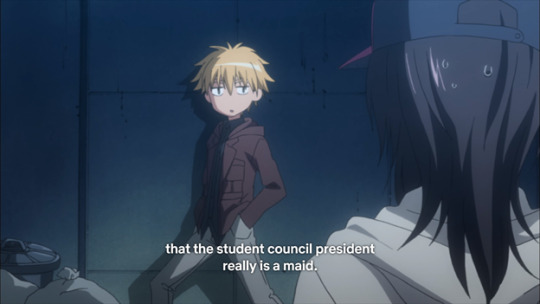
What the fuck are you doing
Just casually lunges during a conversation in an alleyway

So I see someone had the same High school experience as me
1x02
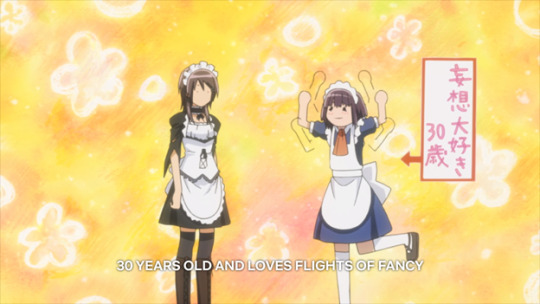
What the hell do you mean she’s 30, she looks 16

Wow, if only you devoted this much effort to actual school

I think this guy is discovering something about himself
1x03
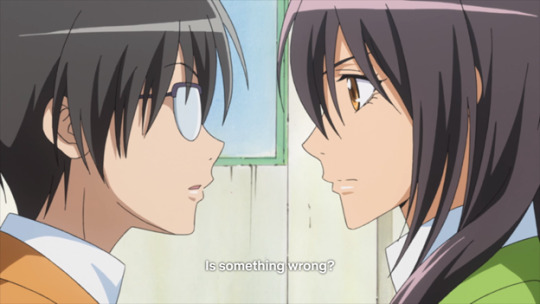
Why did I not notice that she looks like pre-makeover Fujioka Haruhi
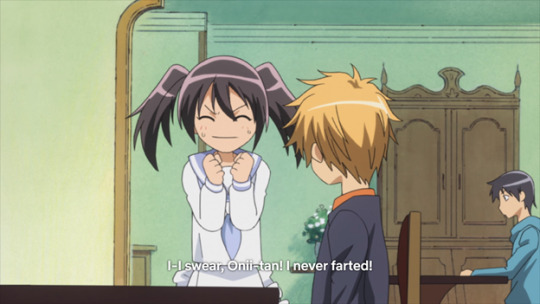
This was a weird-ass place to accidentally pause the video

STOP WITH THE GODDAMN KABE-DON

So what color does that make you?
I actually really like this so far, but I’m gonna be honest, the only ones whose names I remember are Misaki and Usui
#my reactions#maid sama#kaichou wa maid sama#misaki ayuzawa#ayuzawa misaki#takumi usui#usui takumi#honoka#sakura hanazono#hanazono sakura#shizuko kaga#kaga shizuko#satsuki hyodo#hyodo satsuki#my post
115 notes
·
View notes
Text
MAID SAMA!!! We’re finally back on track people. Maid Sama is about a student council president that works at a maid café. The main character, Misaki, is incredibly dense to her feelings and those around her. It makes for a lot of tension in the episodes and you can’t help but hope that the two main characters get together. Super cute!! It’s on Hulu and Netflix so binge away!

42 notes
·
View notes
Photo

Shichisei no Subaru
#Shichisei no Subaru#Seven Senses of the Re'Union#七星のスバル#Fantasy#Game#Usui Satsuki#Anime#Manga#Colors#Frases#Frases anime español#Pensamientos#Palabras#Frases en español#Frases Español#Anime Español
2 notes
·
View notes
Photo

#kwms#kaichou wa maid-sama#kwms manga#kaichou wa maid sama#maid-sama#Ayuzawa Misaki#Misaki Ayuzawa#usui takumi#Takumi Usui#Satsuki Hyoudou#Hyoudou Satsuki#manga#mangacap#monochrome
5 notes
·
View notes
Photo
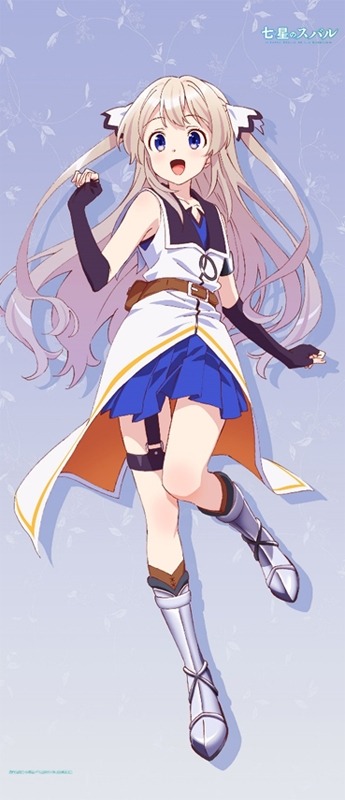

New Life-sized Wall Scroll from the anime “Shichisei no Subaru” by M’s!
Release Date: Early-December 2018
#shichisei no subaru#asahi kuga#satsuki usui#anime#seven senses of the reunion#anime wall scroll#anime tapestry#tapestry#wall scroll#anime goods
16 notes
·
View notes
Photo

Megami Magazine September 2018 Issue (#220) - Shichisei no Subaru
29 notes
·
View notes
Text
KnB Commentary: Kise Ryouta and the Curse of Being “Pretty Boy” in Shonen Anime
Cheerful, extroverted, happy-go-lucky and sunshine with a face, Kise Ryota is the screen ikemen in Kuroko no Basket. Although Kise is a cult favourite, but I think he is sometimes pushed aside with Momoi. In KnB people tend to focus more on the other GoMs rather than Kise. Here is my take on how Kise Ryota’s character and his types are scorned in Shonen Manga.
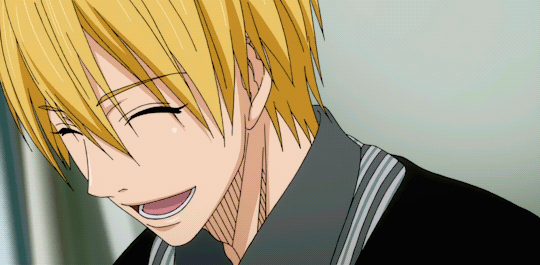
Shonen and Shojo manga revolve around two different dimensions: while shonen manga focuses on friendships, journeys and solid characteristic developments, shojo manga focuses generally on the romance parts, interpersonal relationships, appearance and struggles of the ordinary main character. Both manga lauds ordinariness and makes the ordinary extra-ordinary one just by showing that they have the possibility to be sublime. While Shojo manga greatly appreciates male beauty to the point of worship, Shonen sort of looks down on male beauty: anyone who identifies himself as good looking, or wants to be good looking is put down by others around him. Let’s see how Kise fell into the same trap.
Kise is introduced in the story in a very Shojo manga fashion. He is looked from the female point of view of Seirin’s girl students as he walks down the main pathway of the school. That piece of scene almost reminded me Takumi Usui entering school in Kaichou wa Maid Sama. From that point, wherever he goes he is greeted and surrounded by female population en large, much to the annoyance of his team members and opponents. Similar to the effect of “male gaze”, exists a “female gaze” which supposedly decides the desirability of a boy, especially in a high school setting. Kise, being handsome by the contemporary Japanese standards thus somewhat becomes the focus of the female gaze which makes males around him conscious and equally anxious. This phenomenon can be asserted with Momoi’s first encounter in the anime with Kuroko in Aida Gym pool. When Kuroko is hugged by a very beautiful and buxom Momoi Satsuki, the boys on his team lament: “I am so jealous of you Kuroko, hope you’ll die.” This was from a rather “harmless” and “normal” bunch of High School Basketballers, then just imagine how it effects the powerhouse boys with similar primal instinct and with greater ego. Thus Kise is treated with hot-and-cold attitude from males around him: be its his former teammates or current.

Kise is thus definitely an eligible bachelor and he surely knows it. However his self-awareness is without vanity or narcissistic edge. He is shown to be appreciative of female attention and not portray himself as a “playboy” or a “Scorer”; he is never addressed by anyone as “charan poran” (womanizer) in the series. This is a very contradictory attitude in Shonen anime. In shonen anime Male sexuality have very limited outlets: either one should be hyper-celibate and not pay attention to any organism marked as female, or one could be hyper-sexual to the point where they objectify the female form in a not so respectable manner--there is nothing in the Middle. In KnB Akashi, Kuroko and Midorima fall in the former end of spectrum while Haizaki Shogo and Aomine Daiki fall into the latter. Even dating and having girlfriend can make you the object of male scorn: in the anime Grand Blue, the department of Mechanical Engineer has a secret pact to stay single and when they find out that Iori Kitahara is living with Chisa (who is his cousin), they almost throw a violent fit. The male solidarity in Shonen thus ostricise the males who express appreciation in female company and show interest in courting and romance. Kise is snubbed in a similar manner for showing interest in a more feminine side. A same kind of snubbing was delivered to Hiroshi Fukuda of Seirin when he confessed on the rooftop that he wanted to get into the team for dating someone. In Free Momotarou Mikoshiba too, is either ridiculed or snubbed by his teammates for openly admitting to like Gou Matsuoka.
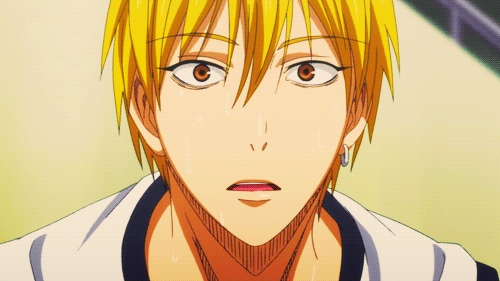
Out of all the Generation of Miracles characters, I think Kise is the most discriminated of all. His discrimination is the unsual kind: he is too important in the plotline to be comic relief like Takao and Izuki and he is too cheerful enough to be the bad boy. So what kind of discrimination does he face? He faces the discrimination for being good looking. Yes, there is a thing to be discriminated for being good looking. I also think Kise has been played within the character of being the “dumb blond”. He is portrayed as “pretty boy” and is expected to limit himself within it. His cheerful attitude is often met with cold shoulder and it is absolutely normalised within the storyline. Unlike other players who greet their rivals outside the courts with a broody attitude and slightly glaring eyes, Kise is the one who advocates “Yesterday’s rivals are today’s friends”. This is a very positive attitude to use in real life to keep the unhealthy competitiveness in check, but it is met with a scorn in the anime. It is shown as if being cheerful is the by-product of being good looking and the former should reflect the latter. This is perhaps the reason Kise’s playing style was completely sniped out of the scene from being “the best of all”. According to the society, a good looking person is just an eye-candy for anyone to drool over and if they have too much agency or talent people enviously comment “(s)he gets all that because of the looks”. It stems from the insecurity of one person having too much social power. The entire thing is very limiting. Kise is not only good-looking, he is acing his modelling career, a field which is highly demanding and taxing and at the same time he is doing well in basketball also in a nationally reputed school. These attributes somewhat gets overshadowed because he is somewhat only identified on screen for his looks. This fact is highlighted with his rivalry with Haizaki Shogo. Haizaki, instead of acknowledging Kise as a player, “marked his territory” by “boning” one of the girls claiming to be Kise’s girlfriend.
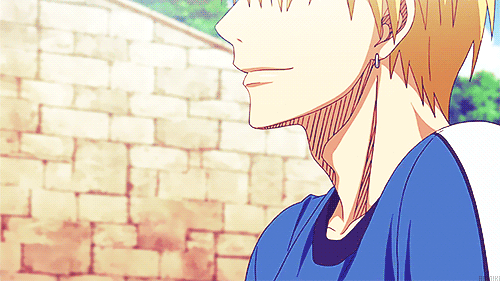
Kise is very much aware of the fact that the swarming bunch of girls are intrinsic to his image, especially as a model and for this reason he tries to be respectful towards them. However, he does not identify the admiration of the fan-brigade with genuine affection. This is the core fact which Haizaki misinterprets about Kise that he derives power from the admiring fangirls. Haizaki despite being the antagonist is pretty much shares the similar prejudice with the people near Kise: that Kise Ryota begins and ends with looks and even his playing style “perfect copy” is less than original. But Kise is not the prejudices that surround him, he is affectionate, loyal and genuine with enough dedication to pursue what he loves. The ideal type of Kise : “a girl that won’t tie me down” says a lot about him. He is eager to meet someone who will respect him for who he actually is and not for his looks or fame. He too is someone who grew out of seeing the surface and judge to observe someone and understand---that is how he started to respect Kuroko at the first place. At the end, when he loses to Touou, he sheds the image of a “cool handsome boy” and cries like a baby in public; something his own captain Kasamatsu or his former teammate Midorima could not do. This shows a lot of courage and strength but also shows that expressing ugly emotions in a public can also be dignified and not necessarily be stripping to masculinity.

Tags
: @sidd-hit-my-butt-ham @yanderebakugo @kurokonbscenarios @kurokonobasket @kurokonoboisket @art-zites @idinaxye @sp-chernobyl @strawbe3ryshortcake @reservethemoon @rilnen @a-shy-potato @thirsthourdemon @animebxxch @edagawasatoru @akawaiishi-blog @reinyrei @chloe-noir @theswahn @ahobaka-trash @jeilliane @trashtoria @scarlettedwardsposts @quirkydarling @ghostieswaifu @levihan-freaks @hope-im-spirited-away @yves0809 @marshiro1101 @bubziles @heartfullofknb @kit-kat57 @akichan-th
#kise ryouta#kise ryōta#kuroko no basket analysis#knb kise#kiseki no sedai#pretty boy#anime stereotypes#anime analysis#let's talk about this#kise deserves better#more than just a pretty face#grand blue#iori kitahara#free#momotarou mikoshiba#kaichou wa maid sama#usui takumi
162 notes
·
View notes
